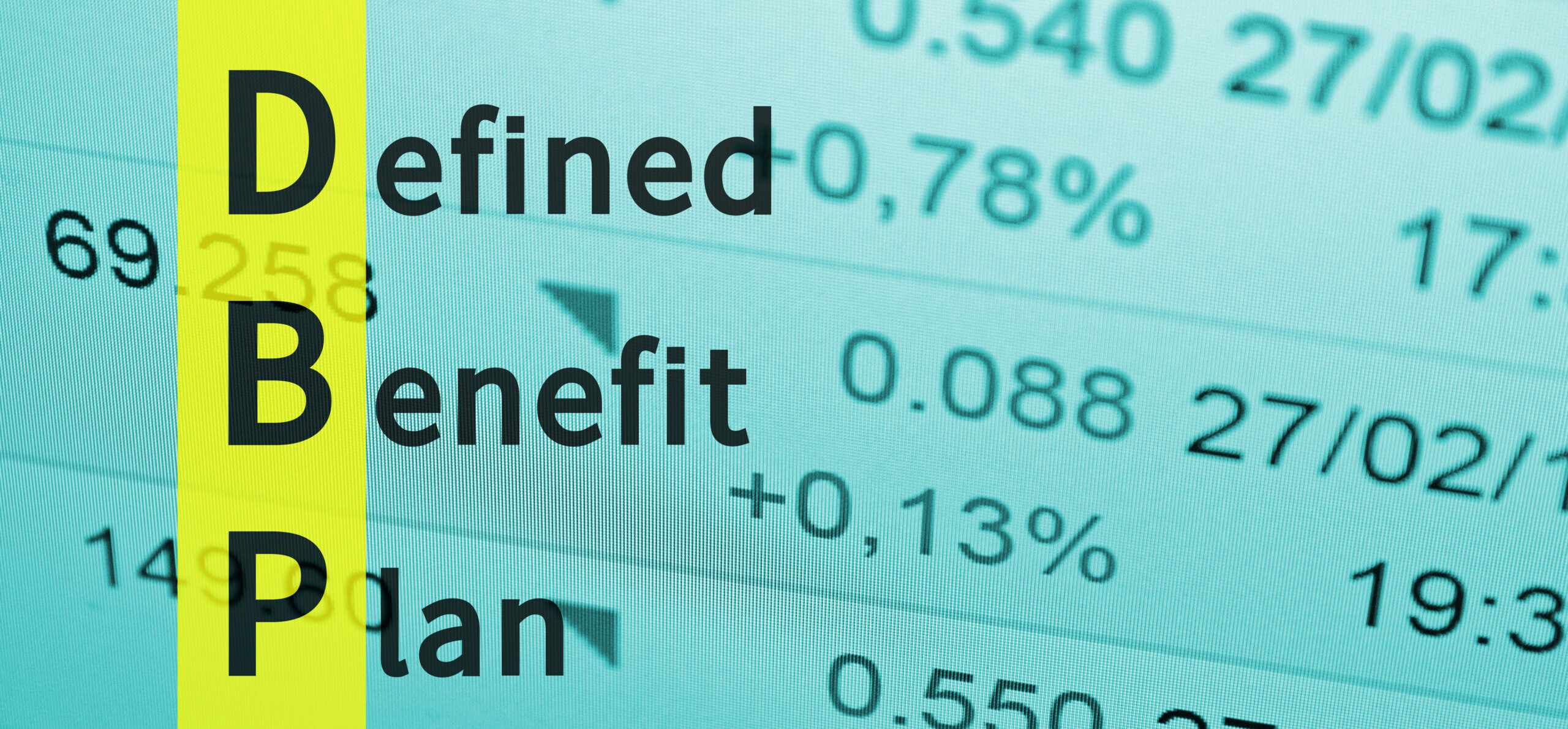Understanding Defined Benefit Pension Plans
In an era of financial uncertainty, retirement planning has become a critical concern for individuals worldwide. One popular retirement savings vehicle is the defined benefit pension plan. The following aims to provide a comprehensive understanding of defined benefit plans, including their features, advantages, and challenges. By exploring the intricacies of these DB plans, readers will gain valuable insights into how they function, their potential benefits, and the evolving landscape surrounding them.
Definition and Features
A defined benefit pension plan is a retirement plan sponsored by an employer that guarantees a specific monthly benefit for eligible employees upon retirement. The key feature distinguishing it from other pension plans is the fixed benefit formula, which takes into account factors such as years of service, salary history, and age. The employer bears the risk and is responsible for ensuring sufficient funds to meet the promised benefits.
Advantages
Defined benefit plans offer numerous advantages to both employers and employees. For employees, these plans provide a stable income stream throughout retirement, ensuring financial security and peace of mind. The predetermined benefit formula eliminates risk and protects individuals. Additionally, the plans often provide cost-of-living adjustments, ensuring the purchasing power of benefits keeps pace with inflation.
Employers also benefit from offering defined benefit pension plans. These plans serve as powerful recruitment and employee retention tools, attracting top talent by providing long-term financial security. Furthermore, they may offer tax advantages to employers, with contributions being tax-deductible and potential gains growing tax-free until retirement.
Challenges and Evolving Landscape
Despite their advantages, defined benefit pension plans face certain challenges. One primary concern is the financial burden they impose on employers. The long-term nature of these plans requires substantial funding commitments of at least 5 years. Employers must carefully manage the contributions to ensure the long-term viability of the plan.
In recent years, there has been a shift away from defined benefit pension plans in many sectors. Rising costs, regulatory complexities, and changing demographics have led some employers to transition to defined contribution plans, such as 401(k)s. These plans shift investment risks to employees and provide greater flexibility, but also expose individuals to market fluctuations and longevity risk.
However, it is important to note that DB pension plans still play a significant role in some industries, including public sector jobs and unionized sectors. Governments and unions often favor these plans due to their ability to provide stable retirement income and attract skilled workers.
The evolving landscape has seen some innovative approaches to address the challenges of defined benefit plans. Hybrid plans, such as cash balance plans, have emerged as alternatives that offer elements of both defined benefit and defined contribution plans. These plans provide more portability for employees and allow for a smoother transition between jobs.
Defined benefit pension plans have long been a cornerstone of retirement security, offering a guaranteed income stream to retirees. While facing challenges in an evolving landscape, these plans continue to provide invaluable benefits to employees, ensuring their financial well-being during retirement. As the retirement landscape continues to evolve, it is essential to assess the advantages and challenges of defined benefit pension plans in the context of individual circumstances and explore alternative retirement savings options to build a secure future.
Author



















